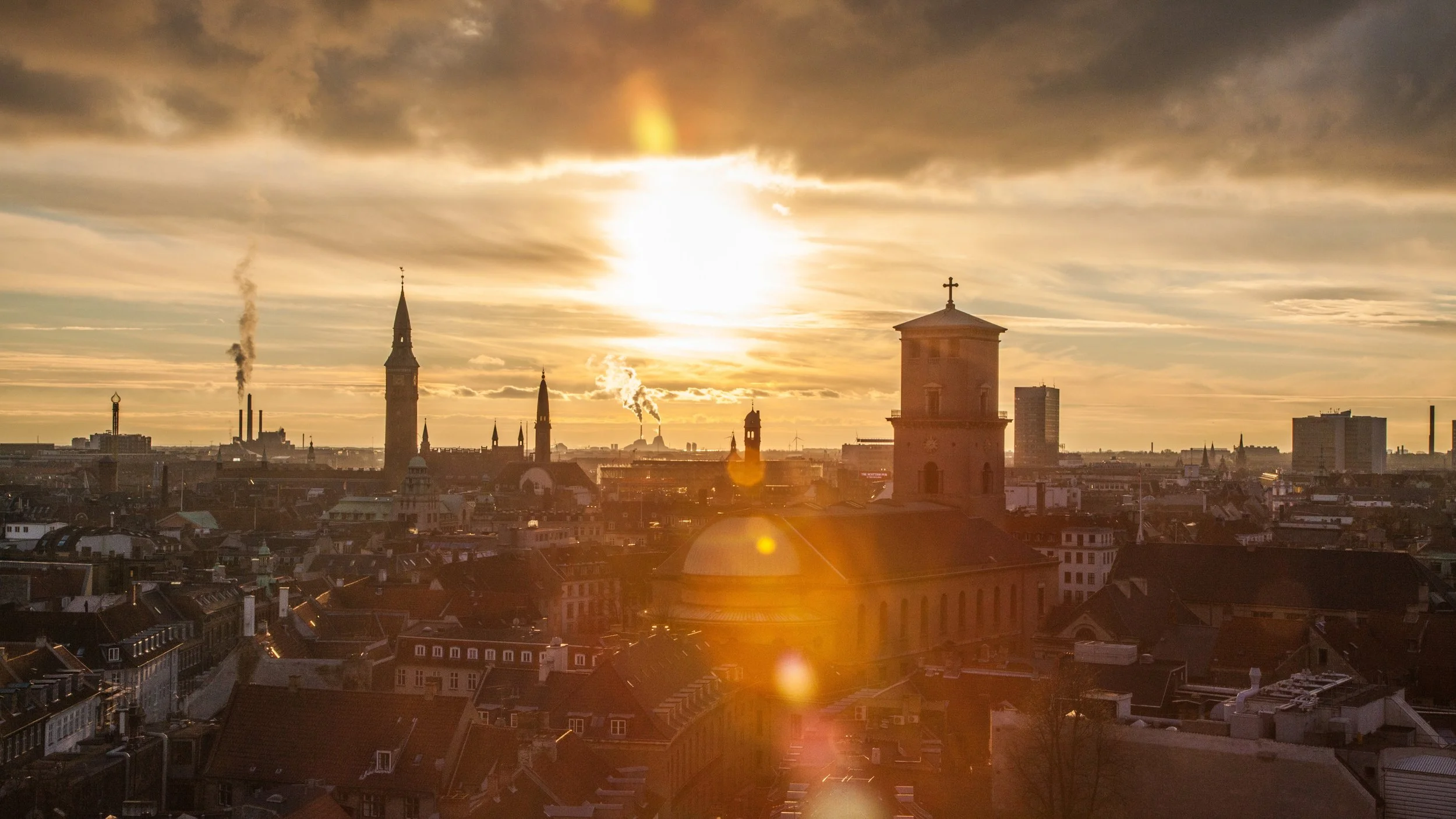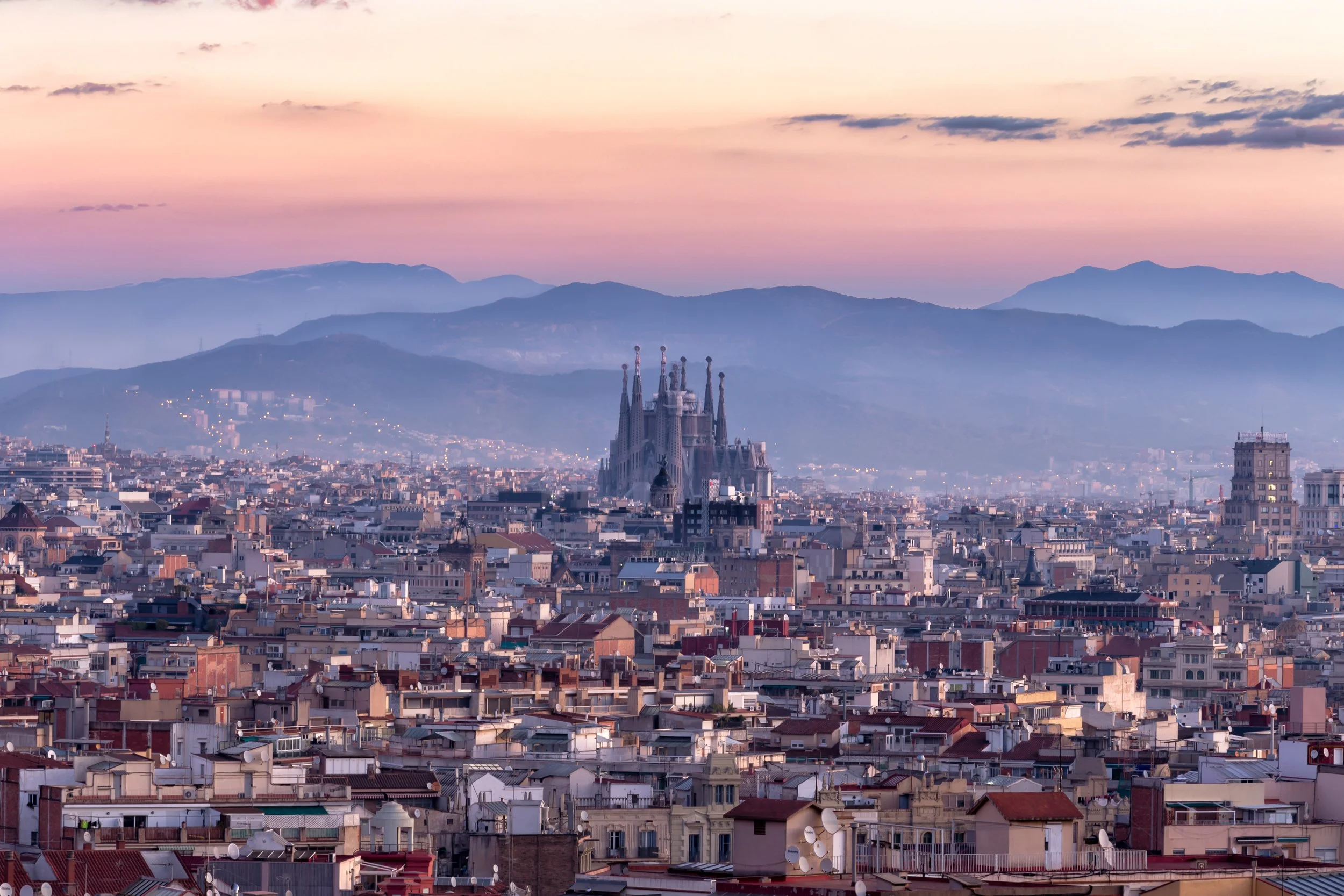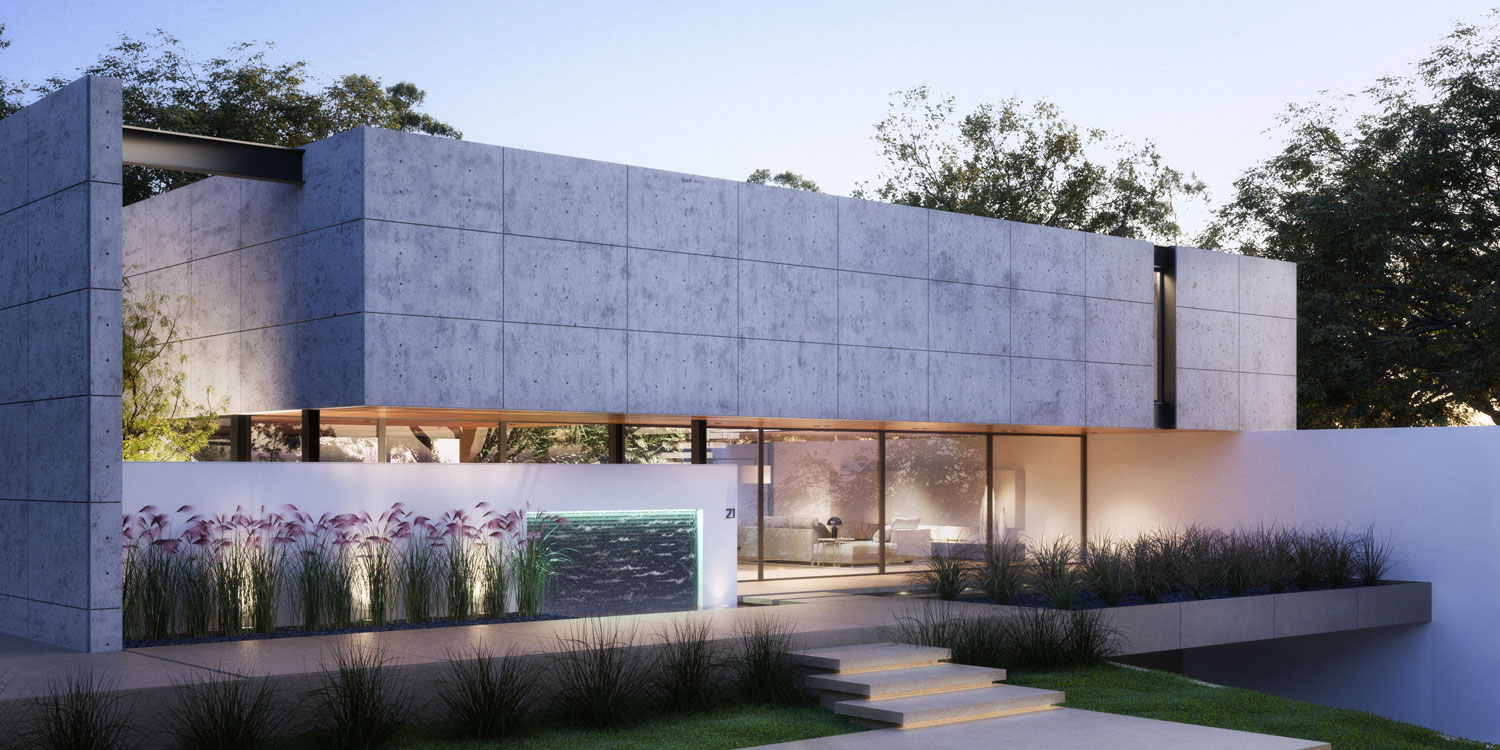Architecture, Psychology, and Reintegration of Nature into our Environments
Architecture, Psychology, and Reintegration of Nature into our Environments
At first thought, architecture and psychology may seem to be disparate fields with little in common. I have a deep appreciation and attraction to each of these disciplines. I have pursued psychological study and exploration in different areas, many of which relate to environmental psychology. Although I am not an expert in psychology, over time, I have uncovered ideas that have influenced how I think about the built environment and have impacted my architectural practice. Most notably, the ideas and theories of Carl Jung’s primitive unconscious and the natural world have profoundly affected my design approach and philosophy.
After reading Jung’s work, I began to ask myself if architecture and our built environment can help improve someone's psychological health, acting similarly to a therapeutic protocol found in clinical psychology. If so, what would this look like? Over time, I became increasingly optimistic that this was possible.
The Primitive Unconscious
At a high level, Jung’s ideas on the primitive unconscious suggest a growing chasm between contemporary humans and nature. Humans have become increasingly disassociated with our primitive roots, and a large part of this is our daily environments. We no longer live in nature.
Jung believed that to maintain psychological health, one must acknowledge, get in touch with, and/or allow the expression of the primitive unconscious psyche within us. One of the simplest ways we can facilitate this connection is by spending time in nature.
He elaborates on the primitive unconscious by describing it as the part of our psyche that often lies deep within us. Many of us initially refuse to admit it is part of our personalities. It usually comes in the form of needs and desires or beliefs that we are worthless, immoral, repulsive, and frightening. These feelings can be traced back to the sometimes-impulsive survival, animal-like qualities or thoughts characteristic of our ancient ancestors. These thoughts and feelings become repressed the more we refuse to acknowledge them and the more we disassociate ourselves from nature.
If our primitive unconscious thoughts and feelings don’t fit our pristine, modern, refined image of ourselves, they are often suppressed, denied acknowledgment, and avoided. When we sense our primitive unconscious emerging, we become uncomfortable, refusing to acknowledge these feelings and that they are simply part of our ancient history. We experience this as something different from ourselves or entirely “other.”
The Conscious Ego
The conscious part of the psyche is the persona developed to fulfill the requirements of our contemporary society. It is the rational and orderly part of our functioning that developed later in our evolutionary journey.
We all exhibit conscious egos, which are necessary to operate in our contemporary world. Jung’s concern was that this part of our psyches was consuming and overpowering the primitive unconscious. According to Jung, the conscious ego is expressed as a persona or mask. As people grow older, solidifying their place in the modern world in their careers, family life, social circles, etc., they become fixed and rigid in their personas.
Over time, we must become aware of our personas and slowly dissolve them. We can do this by acknowledging the presence of the primitive unconscious and bringing this side of ourselves into consciousness. If this is done, one will, according to Jung, become “Integrated.” Through this process, we accept that there is more to ourselves than the persona or mask we wear at work or home. We understand that these supposedly primitive qualities we suppress and hide may hold meaning if explored and observed.
According to Jung, we can only grow when we acknowledge this side of us. This growth may be uncomfortable because we discover that we possess hopes, desires, abilities, and interests. This is within all of us, and to deny or suppress its problems will result in internal psychological turmoil, often showing itself later in the form of neurosis.
Integration of the Primitive Unconscious Back into Society
How is Jung's conception of the primitive unconscious and integration relevant to architecture and the built environment? I believe our built environments are physical manifestations of our psyches. They reflect the current state of our collective consciousness and are symbolic indicators of our society's collective psychological health.
If we consider our built environment a mirror capable of indicating our health, my interpretation of many cities would be that they are currently out of balance, or as Jung would describe it, we are not “integrated.”
Contemporary cities, which are full of concrete and void of nature, can be seen as synonymous with Jung’s description of the conscious persona. They are synthetic societal constructs overlaid on top of nature, leaving little trace of the natural environment to express itself.
These buildings and environments appear visually alien to their natural landscape. They are concrete jungles of materials sourced and imported thousands of miles away. The materials are heavily processed and synthetic, making it difficult to understand their true nature. They are surrounded by hard surfaces, offering little to no green space.
Their primary function is to support the operation of contemporary societal constructs or the conscious activity of the ego. Their floor plans are designed to support interactions and transactions rooted in those activities. We walk around in these environments, collectively suppressing our unconscious primitive nature. We wear masks of our personas that only allow expression of this singular dimension of our beings.
These environments may be visually familiar to our contemporary society and necessary for them to continue to function; however, on the deeper level of our unconscious, I believe that they are deeply disorienting and unfamiliar.
If occupied for long enough periods without respite, these environments may eventually suffocate individuals' primitive unconscious. For obvious reasons of scale, the city can affect large masses of people, thus making it easy for this effect to translate to a significant fraction of the population.
Reintegration and Emphasis of Nature in our Environments
How can we address this? A wide range of solutions could be proposed. However, the most obvious “low-hanging fruit” would be a simple reintegration of green space and plant material into the most out-of-balance environments. Incentive programs, revision of zoning codes, and subsidizing of costs could be examined at the governmental level within the jurisdictions governing these areas. This may take time to implement and will surely require significant funding.
Creative financial incentives are needed to support the renovation of existing projects. Giving up valuable real estate to install greenery is a difficult sell without financial incentives for developers and landowners.
For new projects, revised zoning codes with a more balanced proportion of building area to mandated landscape public area could be proposed. This strategy is also challenging to sell to developers, as they may feel their property rights are being infringed upon if they must conform to new zoning codes that adjacent property owners and previous developers did not need to honor. For this reason, subsidization may also be required.
As you can see, the problem is complex and may be challenging to rationalize financially. It is difficult to convince developers and property owners to judge the value of their property on a different scale outside of their typical financial proformas.
Developers and landowners need to understand that although their projects may be less financially optimized initially, the long-term effect needs to be considered. Well-designed green spaces naturally attract people. Over time, if maintained, these spaces will most likely attract significant foot traffic and become desirable areas within the city. This results in higher property values and rental rates.
A name has been developed to describe the phenomena of using nature and landscape to replace architecture within cities. It is known as landscape urbanism. In my opinion, one of the most successful and interesting landscape urbanism projects is the High Line in New York City. The High Line was originally an unused derelict elevated train rail built in the modern industrial era of the early 1900s. Over time, it shut down and sat unused. In the early 2000s, the rail was converted to an elevated garden promenade, where visitors could walk through beautiful meadows on top of the old tracks. It allows users to view the city while engaging with nature and escaping the hustle of the streets and sidewalks below. Projects such as the High Line are developing interest among city planners and designers due to it’s wide acceptance and appreciation. Reusing or repurposing spaces such as this to rebalance and reintegrate nature into our cities is critical to the psychological health of our species. If you would like to learn more about the High Line, check out our featured article; The High Line, New York City’s Park in the Sky
Conclusion
The perfect place to reconnect with the primitive unconscious is symbolically through our environments. The simplest, most straightforward approach is reintegrating green space into our urban environments. Green spaces and nature remind us of our ancient connection and appreciation for nature.
Through careful design and awareness that our unconscious human instincts still profoundly resonate with and connect with nature and the primitive structures of the past, we can reimagine how we design our cities and environments. We can begin to balance our environment's conscious and unconscious into an integrated, healthy whole.































Notre Dame Cathedral had the power to embed itself into more than just the cityscape. It made its way into the hearts of the people of Paris. When the Cathedral was engulfed in flames on April 15th, 2019, we were reminded that the architecture around us impacts our lives beyond functionality. Principal and Architect of ROST Architects, Mitchell Rocheleau, discusses the history, architecture, and the architectural power of Notre Dame Cathedral.